Your cart is empty.
Strategic Dash Cam Placement: Achieving Crystal Clear Recordings
In the world of dash cams, proper placement is the key to unlocking their full potential. Monarch, a trusted seller of Samsara’s AI dash cameras, brings you an insightful guide to dash cam placement that goes beyond the basics.
From finding the perfect angle to harnessing the power of strategic positioning, we’ll explore the the best tips for dash cam placement, empowering you to capture every moment with precision.
Factors to Consider for Dash Cam Placement
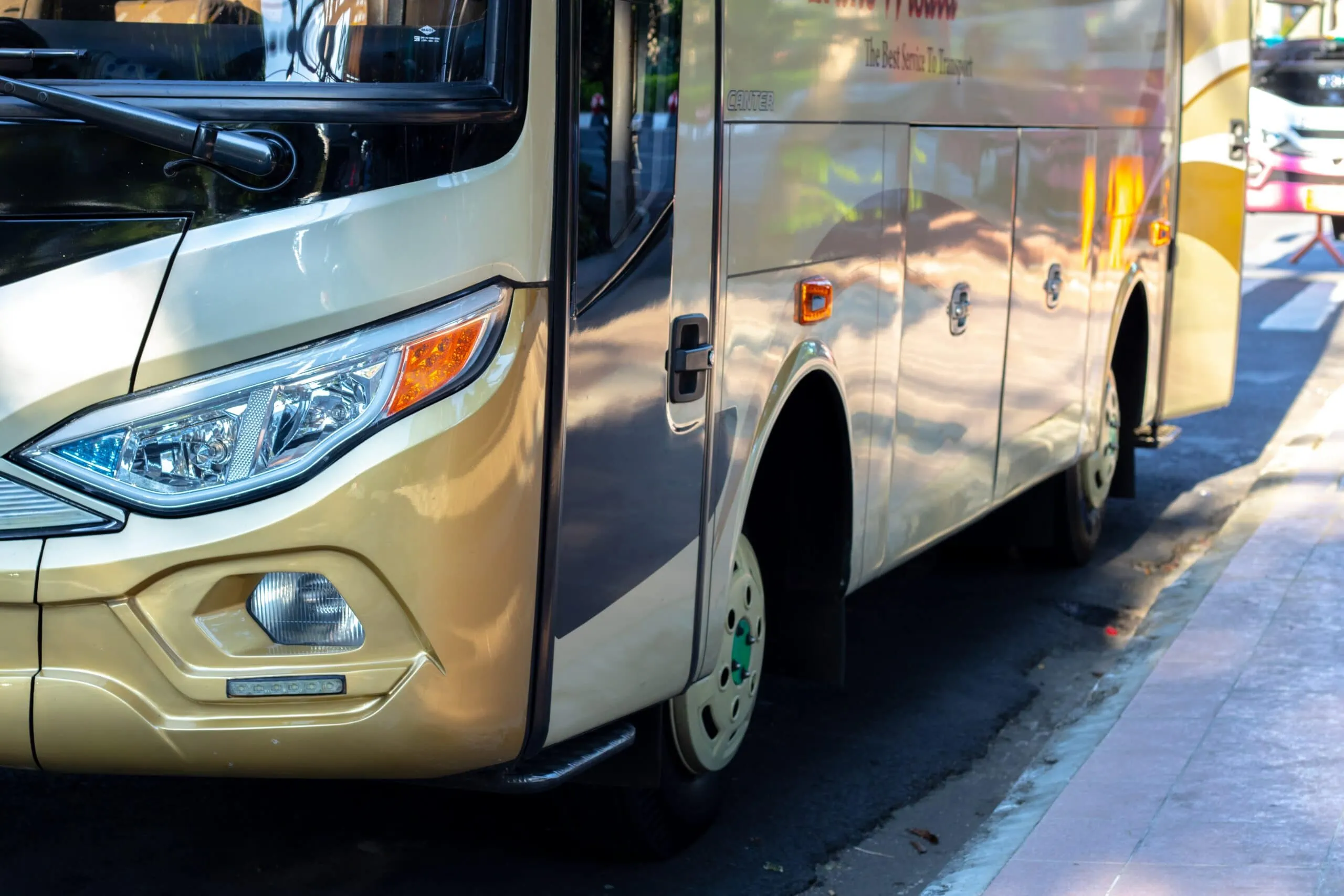
When it comes to dash cam placement, several factors should be taken into consideration to ensure optimal performance and functionality. Monarch, as a trusted seller of Samsara’s AI dash cameras, understands the importance of proper placement for maximizing the benefits of these devices. Here are some key factors to consider:
- Field of view: Position the dash cam in a way that provides a clear and wide field of view, capturing the entire road ahead and minimizing blind spots.
- Windshield obstruction: Avoid obstructing the driver’s view or interfering with any important vehicle sensors or features. Optimal placement is typically behind the rear-view mirror.
- Height and angle: Mount the dash cam at a height and angle that captures the road while minimizing glare from the dashboard or windshield.
- Stability: Ensure a stable and secure mounting to prevent the dash cam from shifting or vibrating during vehicle movements.
- Legal regulations: Familiarize yourself with local laws and regulations regarding dash cam placement, as some jurisdictions may have specific guidelines.
By carefully considering these factors, you can ensure that your dash cam is positioned optimally to capture clear and accurate footage, enhancing safety and providing valuable evidence in case of incidents or accidents.
Ideal Dash Cam Placement Locations
When it comes to ideal dash cam placement, there are a few key locations to consider for optimal coverage and functionality.
- Windshield Mounting: Placing the dash cam on the windshield near the rearview mirror provides a clear view of the road ahead without obstructing the driver’s line of sight. This position captures a wide field of view and ensures important details are captured.
- Rear view Mirror Mounting: Another popular option is mounting the dash cam on the rearview mirror. This position offers a centralized perspective and reduces the risk of tampering or theft.
- Dashboard Mounting: Mounting the dash cam on the dashboard can provide an alternative placement option, especially for larger vehicles. Ensure that it doesn’t impede the driver’s visibility and maintains a stable position.
By considering these ideal placement locations, such as windshield, rearview mirror, or dashboard, you can maximize the effectiveness of your dash cam and ensure comprehensive video coverage.
Tips for Optimal Dash Cam Placement

To ensure optimal dash cam placement, consider the following tips:
- Positioning: Try to mount the dash cam on the windshield near the rearview mirror or on the rearview mirror itself. This provides a clear view of the road ahead and minimizes obstruction.
- Angling: Adjust the dash cam to capture a wide field of view without obstructing the driver’s line of sight. Aim for a balanced perspective that includes both the road and the surrounding environment.
- Stability: Ensure the dash cam is securely mounted to prevent vibrations or movement while driving. This helps maintain a steady recording and prevents the camera from shifting out of position.
- Avoid Obstructions: Ensure there are no obstructions like tinted areas, windshield wipers, or other objects blocking the camera’s view. Clear visibility is crucial for capturing accurate footage.
- Consider Legal Restrictions: Familiarize yourself with local laws regarding dash cam placement. Some jurisdictions have specific regulations that dictate where and how dash cams can be installed.
By following these tips, you can achieve optimal dash cam placement and maximize the effectiveness of your Samsara AI dash camera in capturing important events on the road.
Benefits of Dash Cams

The placement of dash cams offers various benefits for fleet management and driver safety. Let’s explore these advantages:
Enhanced Safety and Accident Prevention
Dash cams provide a visual record of driving events, promoting safer driving behavior and reducing the likelihood of accidents. They also capture critical moments during collisions, offering valuable evidence for insurance claims and accident investigations.
Driver Accountability and Coaching
With dash cams, fleet managers can monitor driver behavior, identify areas for improvement, and provide targeted coaching to enhance driving skills. This accountability leads to a safer and more responsible driving culture within the fleet.
Insurance Cost Reduction
Dash cam footage can be used as evidence in insurance claims, helping to prove liability and expedite the claims process. This can result in reduced insurance premiums and overall cost savings for the fleet.
Improved Operational Efficiency
Dash cams provide valuable insights into fleet operations, allowing managers to identify inefficiencies, optimize routes, and reduce fuel consumption. This data-driven approach enhances overall fleet performance and reduces costs.
Incident Reconstruction and Investigation
In the event of accidents or other incidents, dash cam footage provides a clear visual record that aids in reconstructing events and determining the cause. This facilitates accurate investigations and helps in making informed decisions.
Monarch, as a seller of Samsara’s AI dash cameras, offers reliable and technologically advanced solutions.
Dash Cam Placement for Any Industry
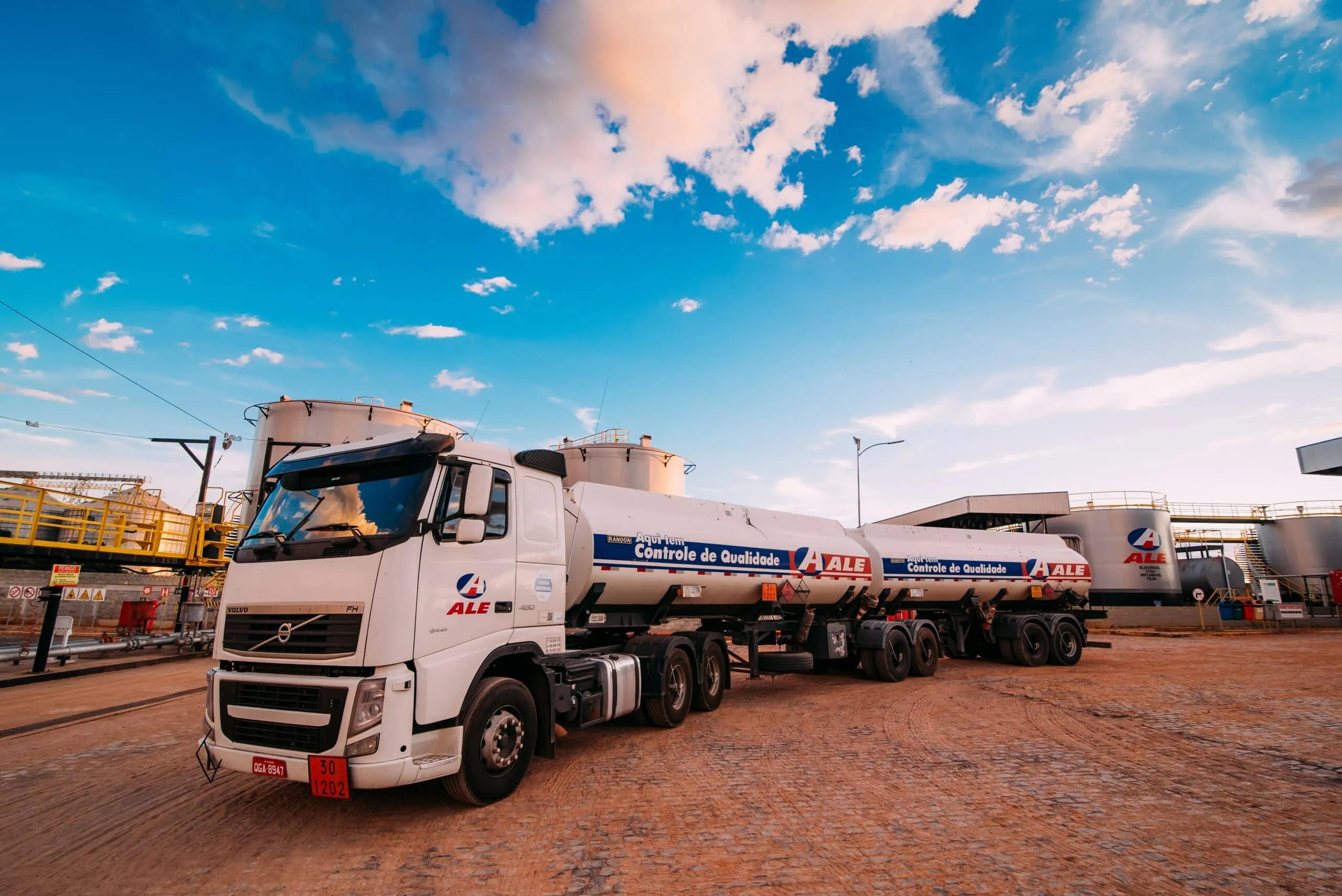
Dash cams have become essential tools for a wide range of industries, revolutionizing safety, security, and operational efficiency. Let’s explore some of the industries that greatly benefit from dash cam placement:
Transportation and Logistics
In the transportation industry, dash cams provide real-time monitoring of drivers, ensuring compliance with safety regulations, reducing accidents, and optimizing fleet operations. They also help with route planning and monitoring cargo handling.
Emergency Services
Police, fire departments, and emergency medical services rely on dash cam placement to record incidents, capture vital evidence, and enhance response coordination. They enable accurate documentation of emergency situations and aid in investigations.
Commercial Fleets
Companies with large commercial fleets, such as construction, utilities, or waste management, benefit from dash cams for monitoring driver behavior, optimizing routes, and ensuring adherence to safety protocols. They also assist in documenting work-related incidents.
Public Transportation
Buses, trains, and trams utilize dash cams to enhance passenger safety, deter vandalism or misconduct, and capture evidence in case of accidents or disputes.
Monarch, as a seller of Samsara’s AI dash cameras, caters to these industries and more, offering reliable and advanced dash cam solutions tailored to specific industry needs. The widespread adoption of dash cams across various sectors demonstrates their value in enhancing safety, improving operational efficiency, and protecting businesses from potential liabilities.
Samsara Dash Cams

Monarch offers Samsara’s cutting-edge dash cams for placement in a wide range of industries. These advanced dash cameras are equipped with a range of features:
- High-Definition Video with HDR and Infrared LED: Samsara’s dash cameras capture high-quality video in crisp detail. This allows for clear visibility of the road and surrounding areas, even in low-light conditions.
- Intelligent Event Detection: Samsara’s dash cameras use advanced algorithms to detect critical events such as harsh braking, acceleration, and collisions. Reviewing footage helps improve driver performance and ensure compliance with safety protocols.
- GPS Tracking and Mapping: Integrated GPS technology allows real-time tracking and mapping of ambulance locations. This feature assists in optimizing routes, monitoring response times, and enhancing operational efficiency.
- Cloud-Based Platform: Samsara dash cameras leverage a cloud-based platform. This platform ensures secure storage and easy access to recorded footage and data. Users can remotely view, download, and analyze videos.
- Voice-Based Feedback and Alerts: The dash cameras include a built-in audio speaker that provides voice-based feedback and alerts during unsafe driving behaviors. Additionally, the option to enable audio capture provides extra context during incidents and disputes.
Dash Cam Placement: Samsara’s CM31 Front-Facing Cam

Introducing Samsara’s CM31 Front-Facing AI Dash Cam. With its high-definition camera and wide-angle 121° field of view, this dash cam captures the road in stunning 1080p (Full HD) resolution at 30 frames per second. Moreover, optimized for low-light and nighttime driving, the CM31 utilizes HDR technology for enhanced visibility.
The cloud-based software enables automatic uploads of incident footage, on-demand video retrieval, and safety incident reports. Furthermore, the CM31 employs real-time artificial intelligence with a high-capacity edge processor. The CM31 is easy to install and requires no hard-wiring into the vehicle, making it a cost-effective solution for school buses.
Dash Cam Placement: Samsara’s CM32 Dual-Facing Cam
This advanced dash cam is equipped with a 121° front-facing camera, offering a comprehensive view of the road. The 177° inward-facing camera identifies unsafe in-cab behaviors. Moreover, the front-facing camera captures video in 1080p (Full HD) resolution, ensuring exceptional detail and clarity. On the other hand, the inward-facing camera utilizes captures video in 720p (HD) resolution with infrared LED optimized for unlit nighttime in-cab video. Furthermore, with HDR technology, the camera adapts to varying lighting conditions for optimal video quality.
Easy to install without the need for hard-wiring, this dash cam is seamlessly integrated into Samsara’s Connected Operations Platform. This platform provides real-time insights and powerful tools for efficient fleet management.
Conclusion: Dash Cam Placement
In conclusion, the proper placement of dash cams is crucial for maximizing their effectiveness and reaping the numerous benefits they offer. Whether it’s ensuring safety on the roads, improving operational efficiency, or providing valuable evidence in case of incidents or disputes, dash cams have become indispensable tools across various industries
Monarch, as a trusted seller of Samsara’s AI dash cameras, understands the importance of dash cam placement and offers tailored solutions to meet the unique needs of different sectors. By embracing dash cam technology and strategically positioning these devices, businesses can enhance safety, streamline operations, and protect themselves from potential liabilities.
Invest in dash cam placement today and experience the transformative power they bring to your industry.
Updated: Jun 30
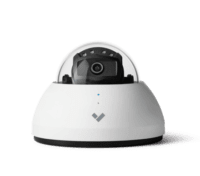
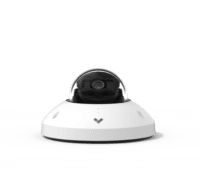
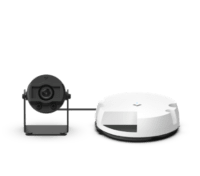

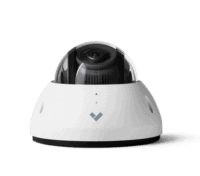
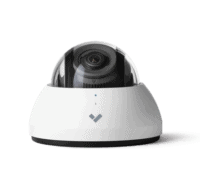
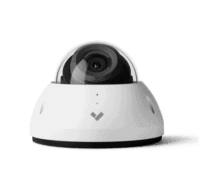
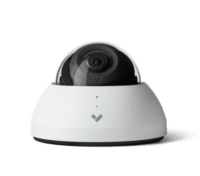


 Jon Jones
Jon Jones


